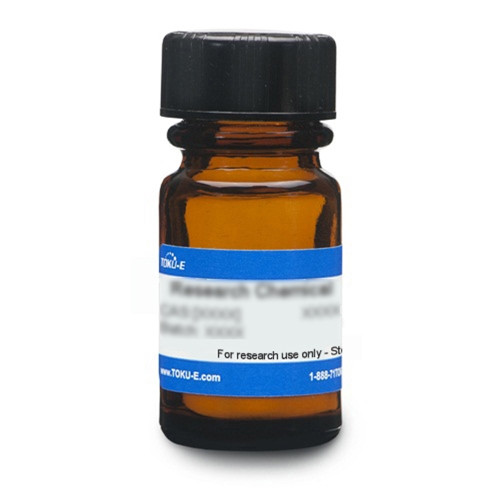Levofloxacin Hydrochloride is the hydrochloride salt of Levofloxacin. It is a broad-spectrum fluoroquinolone antibiotic and the optical S-(-) isomer of Ofloxacin. The compound is a DNA gyrase inhibitor, and has been shown to inhibit topoisomerase IV. Levofloxacin HCl is freely soluble in water.
| Mechanism of Action | Fluoroquinolone antibiotics target bacterial DNA gyrase (specifically type II topoisomerase) an enzyme which reduces DNA strain during replication. Because DNA gyrase is required during DNA replication, subsequent DNA synthesis and ultimately cell division is inhibited. It has also been shown to inhibit topoisomerase IV. |
| Spectrum | Levofloxacin is a broad-spectrum antibiotic targeting most aerobic Gram-positive and Gram-negative bacteria. It is moderately active against anaerobes. It has shown to be effective for Mycoplasma. Levofloxacin is effective against pathogens causing pneumonia such as Streptococcus pneumoniae, and Haemophilus influenzae. |
| Microbiology Applications |
Levofloxacin HCl is commonly used in clinical in vitro microbiological antimicrobial susceptibility tests (panels, discs, and MIC strips) against gram positive and gram negative microbial isolates. Medical microbiologists use AST results to recommend antibiotic treatment options. Representative MIC values include:
|
| Molecular Formula | C18H20FN3O4•HCl |
| Solubility | Water: freely soluble, Methanol: sparingly soluble, Ethanol: slightly soluble, Diethyl or petroleum ether: Insoluble |
| References |
Bebear CM, Renaudin H, Bryskier A, Bebear C (2000) Comparative activities of telithromycin (HMR 3647), levofloxacin, and other Antimicrobial Agents against human Mycoplasmas . Antimicrob. Agents and Chemother. 44 (7) 1980-1982 PMID 10858366 Wolfson JS and Hooper DC (1985) The fluoroquinolones: Structures, mechanisms of action and resistance, and spectra of activity in vitro. Antimicrob. Agents Chemother. 28(4):581-586 PMID 3000292 |







